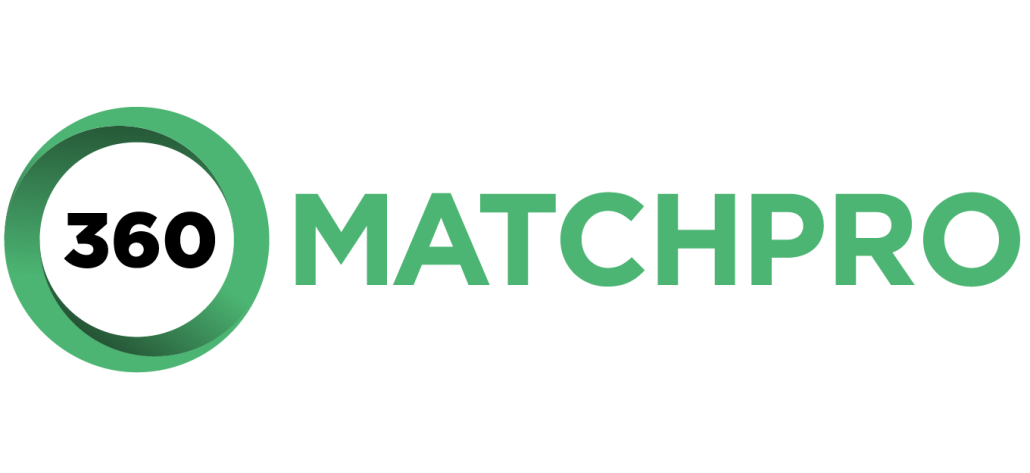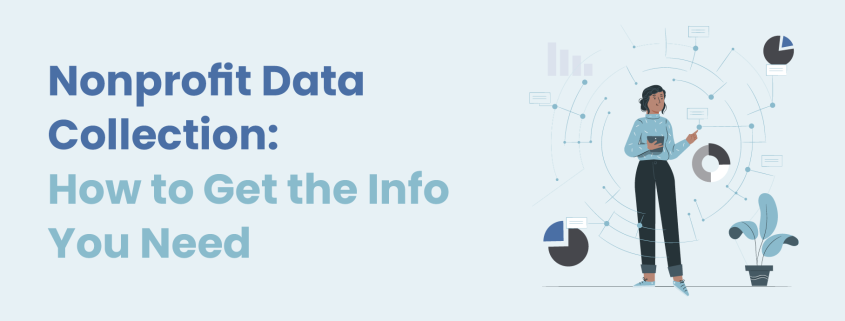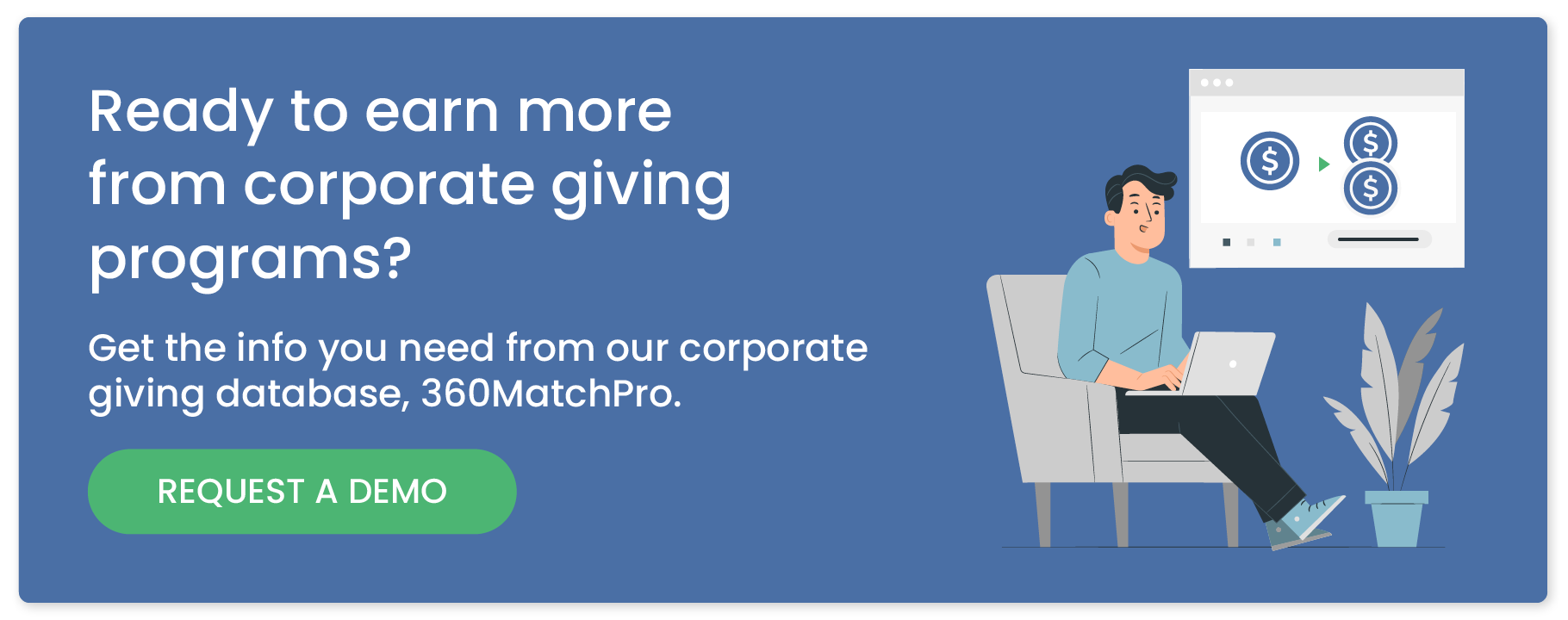Nonprofit Data Collection: How to Get the Info You Need
From supporter email addresses to the number of attendees at your last event to how much you made from planned gifts last year, data dictates every part of your nonprofit’s operations and every part of your operations generates data.
However, is your nonprofit collecting the right data and using it effectively? To help your nonprofit improve its data collection and management practices, this guide will explore essential types of nonprofit data and how to gather them.
What types of data do nonprofits need?
Supporter Data
From volunteers to donors, your supporters power your mission, and the more data you have on them, the better you’ll be able to connect with them. Ultimately, your supporters are a wide and diverse group, and data collection allows you to understand their unique goals, interests, and motivations.
For example, let’s divide nonprofit supporters into three core audiences and consider the types of data you may want to collect about each group.
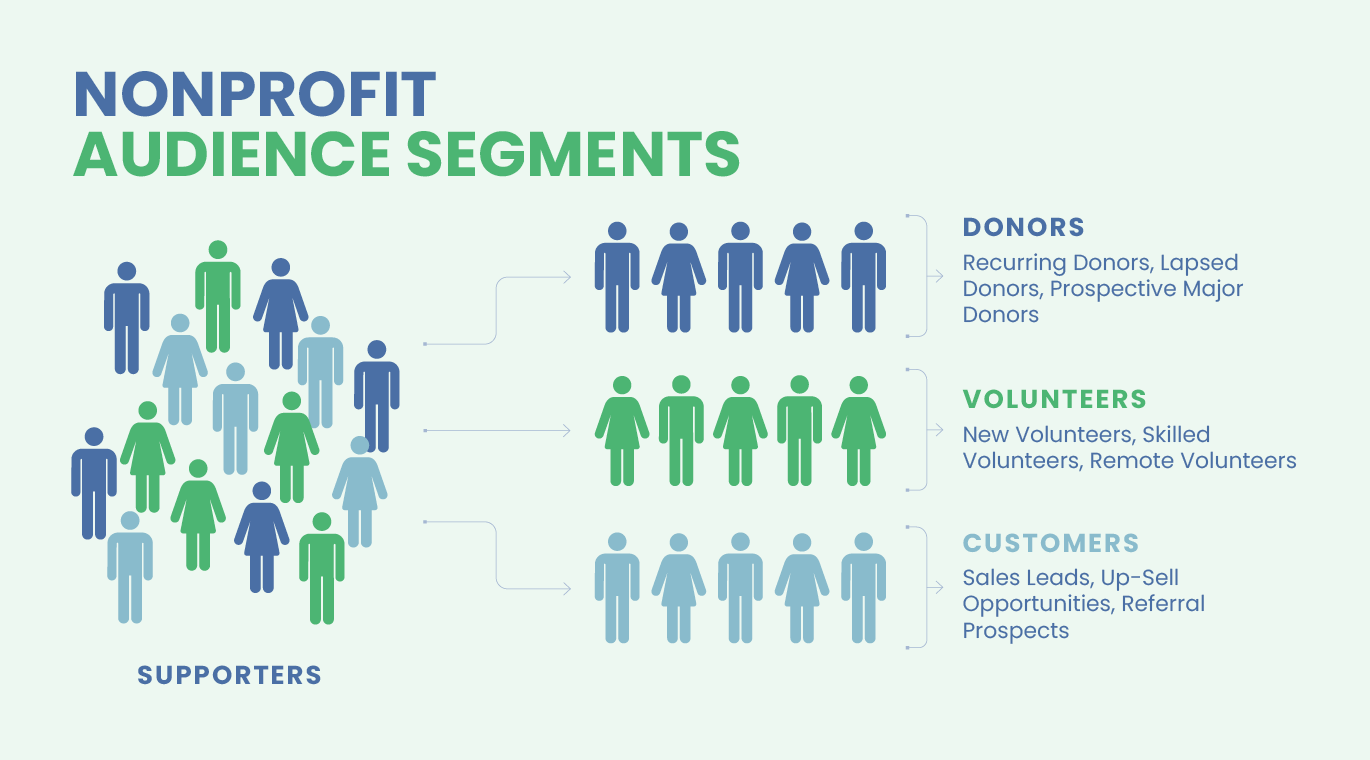
- Your nonprofit likely has recurring, lapsed, new, and major donors. You can distinguish these groups from each other by gathering information related to their engagement history, giving capacity, and giving affinity.
- When it comes to volunteers, consider who are your new, skilled, and remote volunteers. Additionally, research volunteers’ corporate volunteer opportunities to discover who is eligible for a volunteer grant, has volunteer time off, or is part of a corporate volunteer team.
- For nonprofits that sell products and services, be aware of customers that are sales leads, up-sell opportunities, and referral prospects. Compare customers’ interactions with your nonprofit to the sales funnel, which can help you determine where they are in their buying journey.
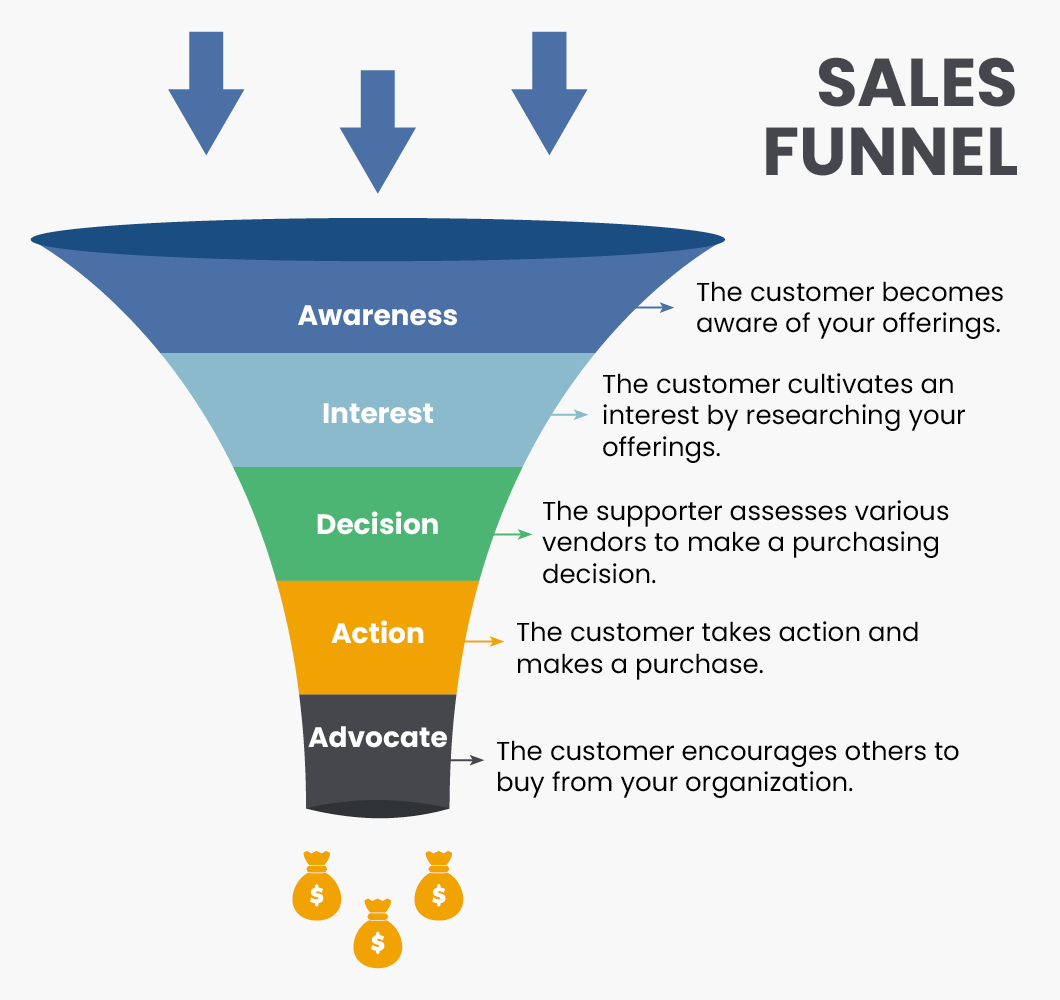
For each of these groups, collecting data from their interactions with your nonprofit is the first step to organizing them into effective audience segments. However, your data collection efforts shouldn’t stop at determining when the last time a donor gave was.
Instead, to build relationships and create personalized, direct marketing appeals, your nonprofit needs rich supporter profiles that contain granular details. These include your supporters’:
- Names
- Geographic location
- Demographic data
- Contact information
- Employment details
- Education level
- Giving history
- Hobbies and interests
When you gather this information, your supporter profiles might look something like this:
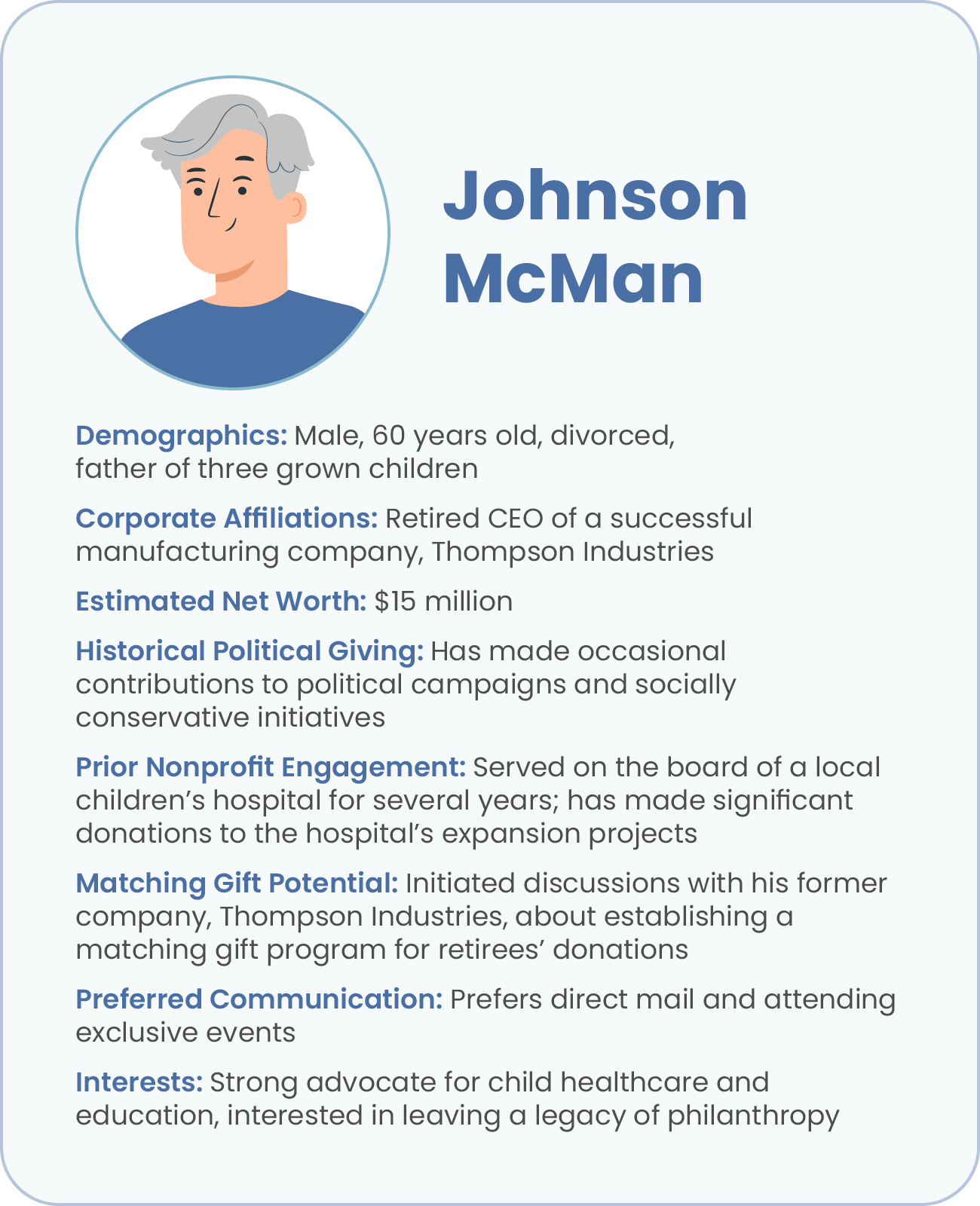
Remember that supporter profiles are ultimately tools that your marketing and fundraising teams use to determine how to best reach your audience. By collecting information related to your supporters’ giving interests, behaviors, and capacity, you can position your outreach teams to create personalized appeals that grab attention and lead to conversions.
Program Data
Above all, your nonprofit’s goal is to fulfill its mission. Program data lets your team understand where resources are being allocated, what initiatives are working, and what needs more attention.
While every nonprofit has a unique mission that requires unique types of reporting, most organizations should focus their data collection efforts on measuring outcomes. This approach provides a connected view of all of your nonprofit’s activities to help you understand your tangible impact.
For example, an environmental group might track its annual volunteer hours, how much trash it was able to remove from local rivers, and how much participation its advocacy campaigns garnered. But how do these unique elements translate to a specific outcome?
Before determining how you’ll collect data for your programs, first consider what your goals are. In our previous example, the nonprofit might have goals related to keeping specific rivers clean and rehabilitating their local ecosystems. As such, they might focus on tracking not just how much trash they remove from rivers but the overall amount removed year after year, hoping to see a decline in pollution.
Be aware that for some types of nonprofits, such as healthcare-related organizations, your data will be highly sensitive. In these situations, data collection is still essential for better serving individual constituents, but be sure to remove identifying details before sharing data publicly, such as in an annual report to demonstrate donor impact.
Campaign Data
Fundraising campaigns come in all shapes and sizes, from crowdfunding and peer-to-peer campaigns to community events to high-stakes capital campaigns.
As such, campaign data is highly dependent on the type of campaign. However, a few common metrics to track include:
- Donation total. How much did your campaign raise overall? Additionally, does this amount exceed how much you spent planning and hosting your campaign? Measure your fundraising totals in terms of your return on investment (ROI), which can be calculated by dividing your net revenue by your marketing expenses and multiplying the result by 100. For instance, if you made $5,000 at an event that cost $2,500 to host, your ROI would be 200%.

- Event attendance. For events, how many supporters attended? This is a basic headcount, but consider also documenting which supporters attended in-person or virtually and where those supporters came from. For instance, did anyone have to travel for your event? And if so, how far?
- Supporter retention rate. How many supporters that participated in your last campaign also participated in your most recent one? To make this metric useful, consider only comparing your participation rate to the last event that was similar to your current one. For example, how many of your peer-to-peer fundraisers came back? What about annual gala attendees? A high retention rate shows that your campaigns are high-quality, speaking to supporters’ interests, and inspiring continued support.
Some of your campaigns may have additional measurements, such as how many supporters not only donated but also pursued a matching gift on your nonprofit’s behalf. It’s normal to track multiple types of data, but be conscious of your campaign’s overall focus. In this example, extra matching gift donations might be highly valuable in a crowdfunding campaign but matter little in a capital campaign.
Marketing Data
To earn new supporters, spread awareness of your cause, attract customers, and alert beneficiaries to your nonprofit’s services, you need to market your nonprofit. A few metrics related to digital marketing include:
- Impressions are whenever someone sees an ad, post, email, or other form of outreach by your nonprofit. For instance, if you pay to have an ad on Facebook, and it gets shown to 1,000 people, then your ad has 1,000 impressions. Note that impressions are counted regardless of whether the viewer interacted with your ad in any way.
- Engagement measurements differ depending on your marketing platform. For example, social media sites often have “likes” and comments and some sort of sharing mechanism. In contrast, for channels like email and text messages, you might measure your open and response rates.
- Click-through rate is the percentage of people who see your ad, email, or post and click on a link in it. For example, Google offers nonprofits free advertising through the Google Ad Grant program. However, one of this program’s requirements is that nonprofits’ ads maintain at least a 5% click-through rate. This means that if your ad is shown to 100 people, at least five of them need to click on it for your ad to be successful.
- Bounce rate is the number of people who click on your content but then immediately leave the page, “bouncing” off of your content. A high bounce rate is usually a bad sign and indicates that your ads are misleading, your content is low-value, or you are targeting the wrong audience. However, some of your pages, such as your hours and location information, may naturally have a high bounce rate as visitors open your website to check one thing quickly and leave.
- Conversion rate is the most important marketing metric as it counts the number of people who saw your ads, engaged with them, and proceeded to take whatever action they were promoting. For instance, a supporter who sees a donation appeal on Instagram, clicks a link to your website, and completes their gift on your donation page is a conversion.
Marketing produces an extensive array of data related to how your audience responds to your ads. This is true for all types of marketing channels, including newspaper ads, radio spots, and flyers. However, it can be difficult to measure the impact of traditional marketing. This doesn’t mean it’s not worthwhile, but be aware that you’ll need to measure less direct forms of engagement.
For example, if you notice an uptick in donations after sharing a PSA on your local radio, there’s no absolute guarantee that all of those gifts were made due to the PSA but you can likely assume a significant amount of them were.
Financial Data
Bookkeeping is not optional for any organization, including nonprofits. Knowing your nonprofit’s finances allows you to properly allocate your budget, set fundraising goals, and cover expenses.
Nonprofit finances consulting and accounting firm Jitasa outlines the two major components of nonprofit budgets:
- Expected revenue. How much money does your nonprofit expect to bring in this year? By predicting a close estimate to your annual earnings, you’ll be able to better distribute funding to your programs and initiatives. Jitasa recommends two methods for estimating revenue. The first is the discount method where you estimate how much you expect to receive from each fundraiser and multiply it by the probability of receiving that amount. In contrast, the cutoff method instead uses your total annual estimated earnings and multiplies that by the probability of earning it.
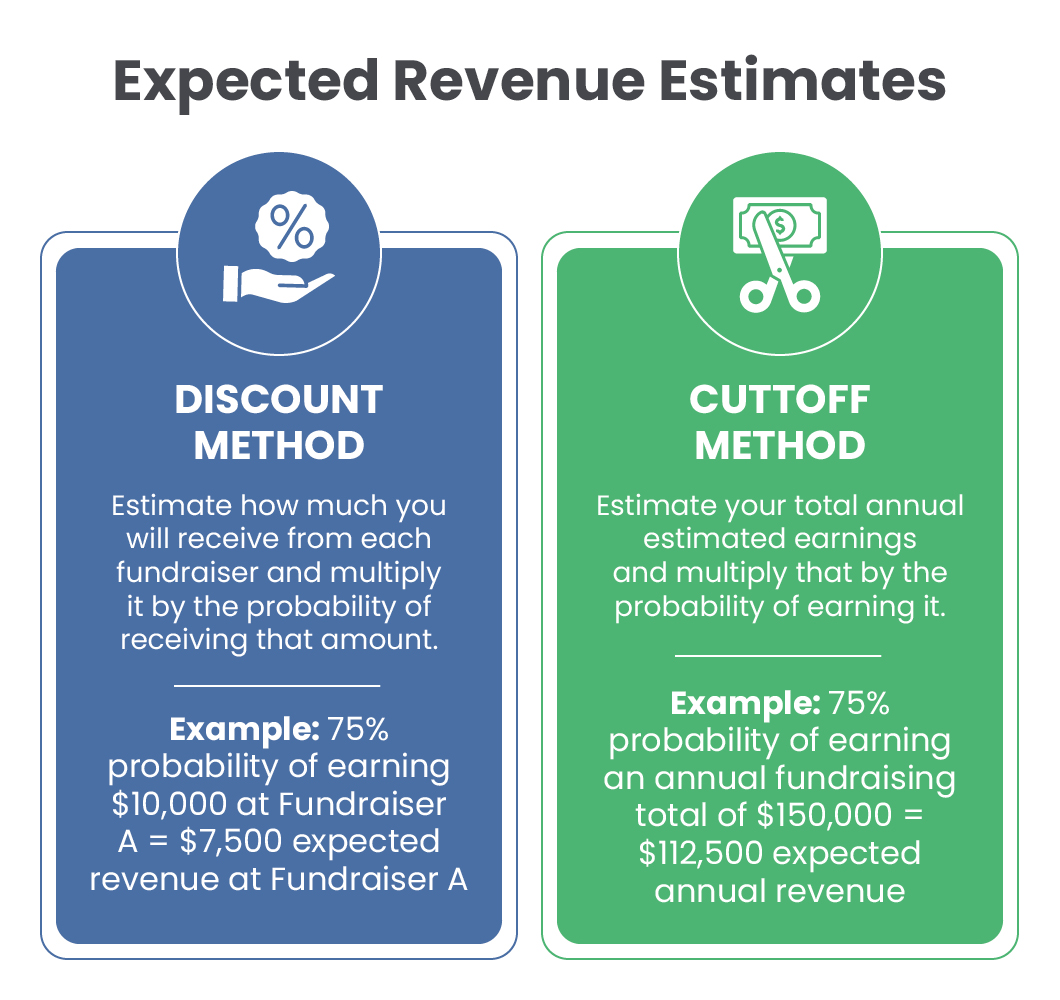
- Expenses. How much do you expect to spend this year, and on what? As a nonprofit, all of your revenue will need to be spent on your mission and advancing your organization. However, this doesn’t mean you can’t allocate funding to improving your operations. Costs like employee salaries, office rent, and marketing expenses are considered overhead. In general, nonprofits are advised to split their budget by roughly 35% to overhead and the remaining 65% to programs.
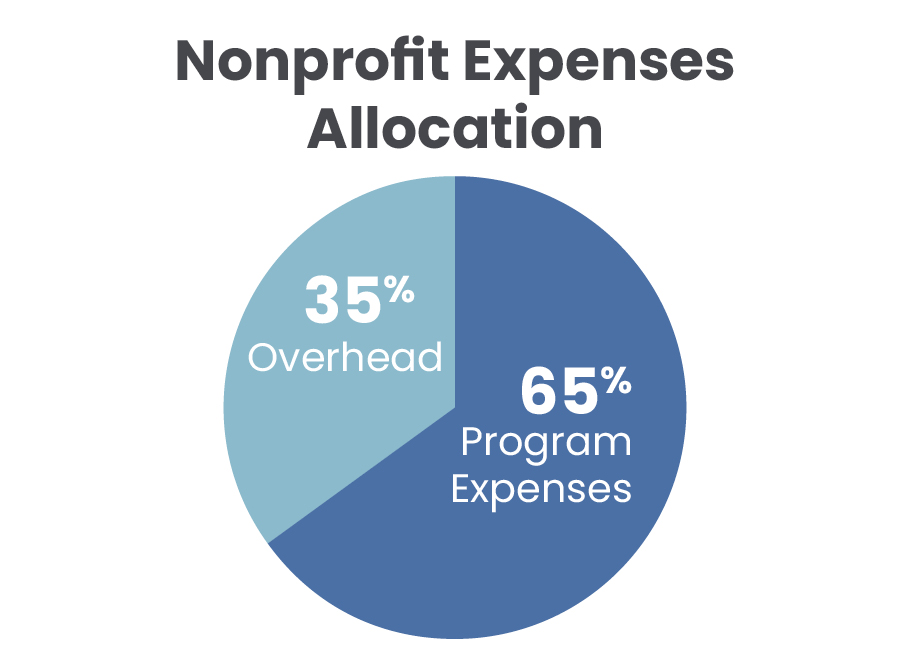
This is a general overview of nonprofit finances, but be aware that each campaign will have its own internal budget. For instance, you might create a major giving chart to estimate how much you can raise for a specific campaign and which donors that money is likely to come from.
Sponsorship Data
Corporate sponsors can provide significant support and, as such, these relationships generate a lot of data. This information is vital for maintaining sponsorships, ensuring that corporate support is valuable, and seeking new corporate sponsors.
To build a network of high-value sponsors, your nonprofit should collect data on:
- Contacts. For each sponsor, record the sponsor’s name, who your point of contact is, and any other pertinent details, such as why they are supporting your nonprofit. In addition, track contacts for potential sponsors, such as promising connections your board members have at local businesses.
- Terms and conditions. When arranging a sponsorship, ensure you have in writing how long the sponsorship will last, what the sponsor is providing your nonprofit, and what your nonprofit is expected to provide in return. This is essential not just for maintaining the sponsorship and ensuring all deliverables are received but also for managing your nonprofit’s finances.
- Impact. Just like donors want to see the impact of their gifts, so do sponsors. Record what you are able to accomplish thanks specifically to a sponsor. This data also helps your nonprofit determine how valuable the sponsorship was and if seeking to renew it will be worthwhile.
While we haven’t touched on grants specifically, much of the details for what data to record for a corporate sponsorship also apply to grant funding. Track the funding you received, what that funding must be spent on, and what your nonprofit was able to accomplish with that funding. Many grantmakers conduct follow-ups with grant recipients and expect a report on how their award was spent, so collecting and managing data related to your grant is a strong first step to maintaining a positive relationship with the funder and getting your grant renewed.
How can nonprofits collect data?
Now that you know what type of data to collect, the next question is How can I collect that data? Every interaction with a supporter generates data, and you can capture that information with:
- Forms. Your donation, volunteer sign-up, and event registration forms should be short and to the point. However, they should also contain a few vital information fields for collecting data on your supporters, such as their names and contact information.
- Surveys. In contrast to forms, surveys are your place to ask numerous questions, some of which can be open-ended. For instance, after an event, you might send a survey asking attendees what they enjoyed about the event, how they learned about it, and if they made a donation during the event.
- Marketing platforms. Tools for email management, social media ads, and text fundraising campaigns should all have analytics features. For instance, nonprofits using the Google Ad Grant should use their ad account and Google Analytics’s reporting features to track how their ads are performing and what links supporters are clicking on to reach their website.
- Management software. Fundraising and nonprofit management software for events, peer-to-peer campaigns, grant applications, matching gifts, and case management should all include reporting capability. When investing in new software, explore its reporting features, such as pre-built reports for popular metrics and the ability to design custom reports.
However you plan to collect data, ensure you have strong protective measures in place against data breaches. Donors and constituents alike will share sensitive information with you, and data breaches can happen to organizations of all sizes. For instance, this year, there is an average of over 500 data breaches each month, and that’s just publicly reported ones.
Protect your donors and beneficiaries by following data security best practices, such as encrypting data, training staff to identify social engineering schemes, and investing in secure platforms and installing updates when available.
Nonprofit Data Collection Tips
Clean your data.
To ensure your data is usable, implement data hygiene best practices. You can start cleaning your database by:
- Auditing your database. If you haven’t cleaned your database in a while or lack formal hygiene guidelines, take the time to assess the current state of your data. Is there missing information? Duplicate data? Non-standard data entries? Determine what your major issues are so you can establish data entry and management standards that will prevent them in the future.
- Creating data entry standards. Create uniform standards for how data should be entered into your database. For example, you might decide whether or not to add parentheses around area codes for phone numbers. Some of your technology can likely be adjusted to prevent donors, volunteers, and other external parties from entering data in a non-standard format.
- Scheduling regular cleanings. Data errors, such as duplicate and out-of-date information, can occur naturally over time. Catch your data hygiene problems while they’re small by following a regular review and cleaning schedule. This might be every month, every quarter, or even once a year depending on the size and complexity of your database.
If your database is in dire straits and you’re not sure where to begin in the cleaning process, consider working with a nonprofit technology consultant. They can review your data, technology stack, and data management practices to help get your nonprofit back on track.
Purchase an append.
If you’re missing data or worry your information is outdated, consider purchasing a data append. Data appends are a service that improves your data by filling out specific information, updating incorrect information, and overall verifying that your data is correct.
Appends need to be purchased for specific types of data like:
- Employer information
- Demographic information
- Phone numbers
- Email addresses
- Physical addresses
- Birthdays
For supporters you feel have the potential to become major donors, consider investing in prospect research tools. These platforms assess your donors’ capacity and affinity to make a major gift, helping your major gift officers focus their efforts on the most promising prospects.
Integrate your software.
If your nonprofit uses multiple platforms from different vendors, you might encounter data silos. Data silos occur when data you collect is stored (“siloed”) in one platform and not shared with the rest of your technology ecosystem. For instance, event attendance rates might be siloed in your event management platform and not reflected in your CRM.
Data silos make using and managing your data more difficult. Instead of having one central repository, your team would need to access each individual system to hunt down the specific information they need. This also makes it challenging to create reports as you can’t easily compare data stored in one distinct system with the information in another separate platform.
The easy way to break down and prevent data silos is with technology integrations. Integrations essentially allow your various platforms to talk to each other and easily share data. For instance, if your event management platform and CRM are integrated, your donor profiles will be automatically updated with the event attendance data your ticketing system collected.
To create an integrated tech stack, purchase platforms that have integrations with each other. Integrations vendors have already created due to partnerships with other platforms are the easiest to take advantage of. However, if there is no easy integration, you may need to partner with a technology consultant to create a custom middleware solution.
More Data Collection Resources
The better your nonprofit is able to collect, organize, and leverage data, the better all of your operations will be. This includes your ability to serve beneficiaries, connect with supporters, and host successful fundraisers.
To learn more about collecting data and connecting with donors, check out these resources:
- Donation Levels: Creating Donation Tiers That Drive Revenue. What levels are your donors giving at and can you encourage them to move up a level? Discover how to increase your donors’ value.
- Designing a Successful Fundraising Calendar + Free Template. Charting out your fundraising plans for the year will keep your nonprofit on target. Learn how to set up an annual fundraising calendar.
- Matching Gift Eligibility: What Your Donors Should Know. Matching gifts can help your donors double their support. Determine which of your supporters are match-eligible in this complete guide.
